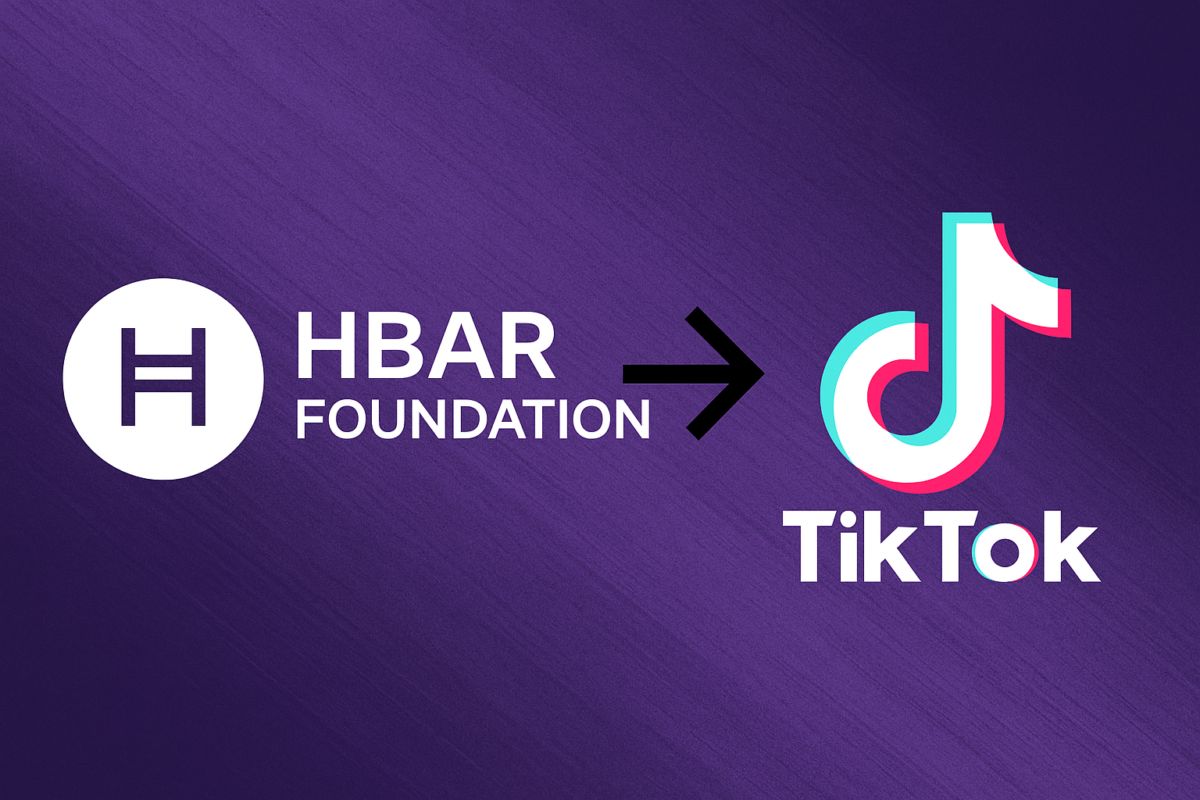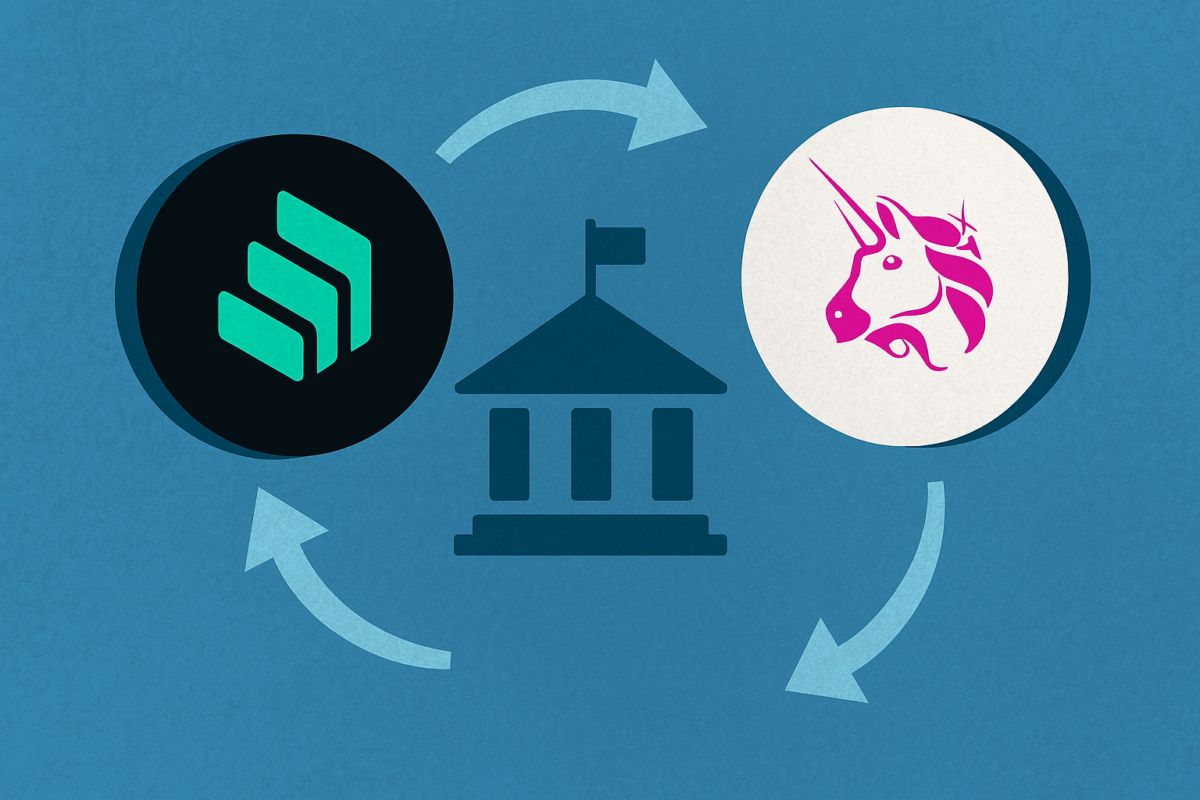U.S. Inflation Surges Unexpectedly, Challenging Federal Reserve’s Strategy
In the current economic landscape, the United States has captured global attention with an unexpected rise in inflation . After a period of decline, recent data indicates a noticeable increase in consumer prices, exceeding analysts’ forecasts.
This uptick, recorded by key economic indices, has put the Federal Reserve (Fed) in a delicate position, sparking debates about the potential political and economic repercussions.
Rising Prices and Federal Reserve’s Dilemma
The Personal Consumption Expenditures (PCE) Price Index, a preferred measure of inflation by the Fed, reported a year-over-year increase of 2.3% in October, up from 2.1% in September.
This surge is primarily attributed to a rise in service sector costs, which continue to heavily impact the average consumer’s expenditure. According to the U.S. Commerce Department, this unexpected rise serves as a reminder that the Fed’s target inflation rate of 2% remains elusive.
Concurrently, the Consumer Price Index (CPI) escalated to 2.6%, marking its first increase in several months.
These figures place the Fed in a precarious situation. The central bank had previously raised interest rates to curb the soaring inflation that peaked at 9.1% in 2022. However, it began easing these rates in September to support a faltering job market.
The persistence of inflation at these levels could call into question the adequacy of these adjustments.
“We have seen considerable progress in combating inflation, but this progress is slowing,”
stated Michelle Bowman, a member of the Fed’s Board of Governors.
Political Implications: Protectionism and Uncertainties
The return of Donald Trump to the White House adds a political layer to this complex economic scenario. During his campaign, the president-elect promised protectionist measures, including raising tariffs to 25% on imports from Mexico and Canada.
This policy, criticized by the opposition, could exacerbate inflationary pressures by increasing the cost of basic goods.
“From gasoline to groceries, Donald Trump’s tariff threats would push prices higher, undermining the progress made in fighting inflation,”
commented Brendan Boyle, a Democrat elected to the House of Representatives.
As the U.S. economy continues to exhibit robust growth, with an annual growth rate of 2.8% in the third quarter, these uncertainties heighten the pressure on policymakers.
If the Fed opts for another rate cut in December, it might be seen as an act of economic support in the face of political headwinds. Conversely, maintaining current interest rates could risk slowing the economic momentum.
This rise in inflation sheds light on the multidimensional challenges facing the United States . Balancing monetary policy management, protectionist ambitions of the upcoming administration, and the necessity to maintain stable growth will scrutinize future decisions.
As the Fed struggles to maintain balance, the implications of these developments could reshape economic priorities in the months ahead.
Disclaimer: The content of this article solely reflects the author's opinion and does not represent the platform in any capacity. This article is not intended to serve as a reference for making investment decisions.
You may also like
HBAR Foundation Eyes TikTok Acquisition as April 5 Deadline Looms

Chainlink Brings VRF and Functions Live to Soneium Network

Jupiter VERIFY Adds Trust Layer to Solana Token Trading

Compound Adopts Uniswap-Style Governance with New Foundation

